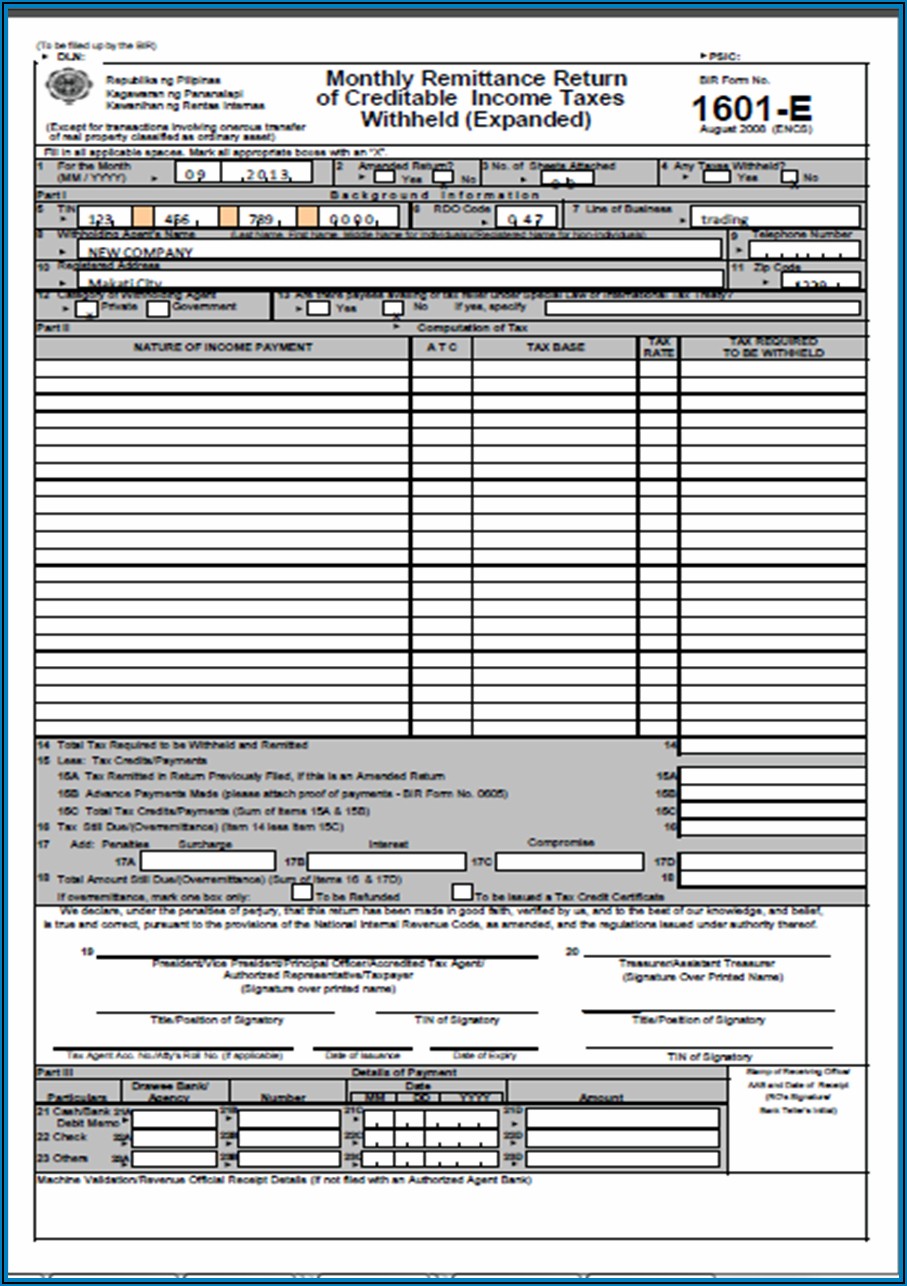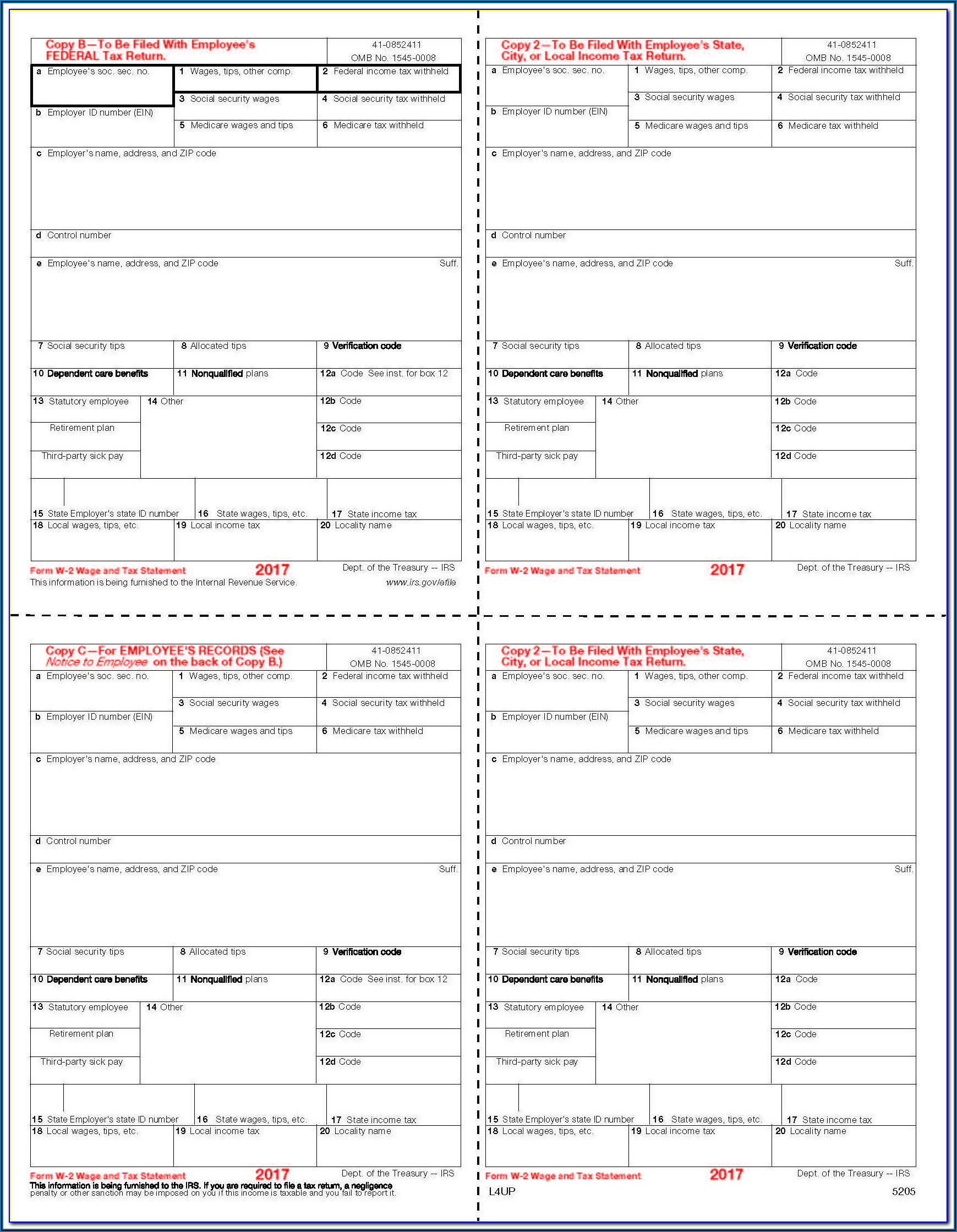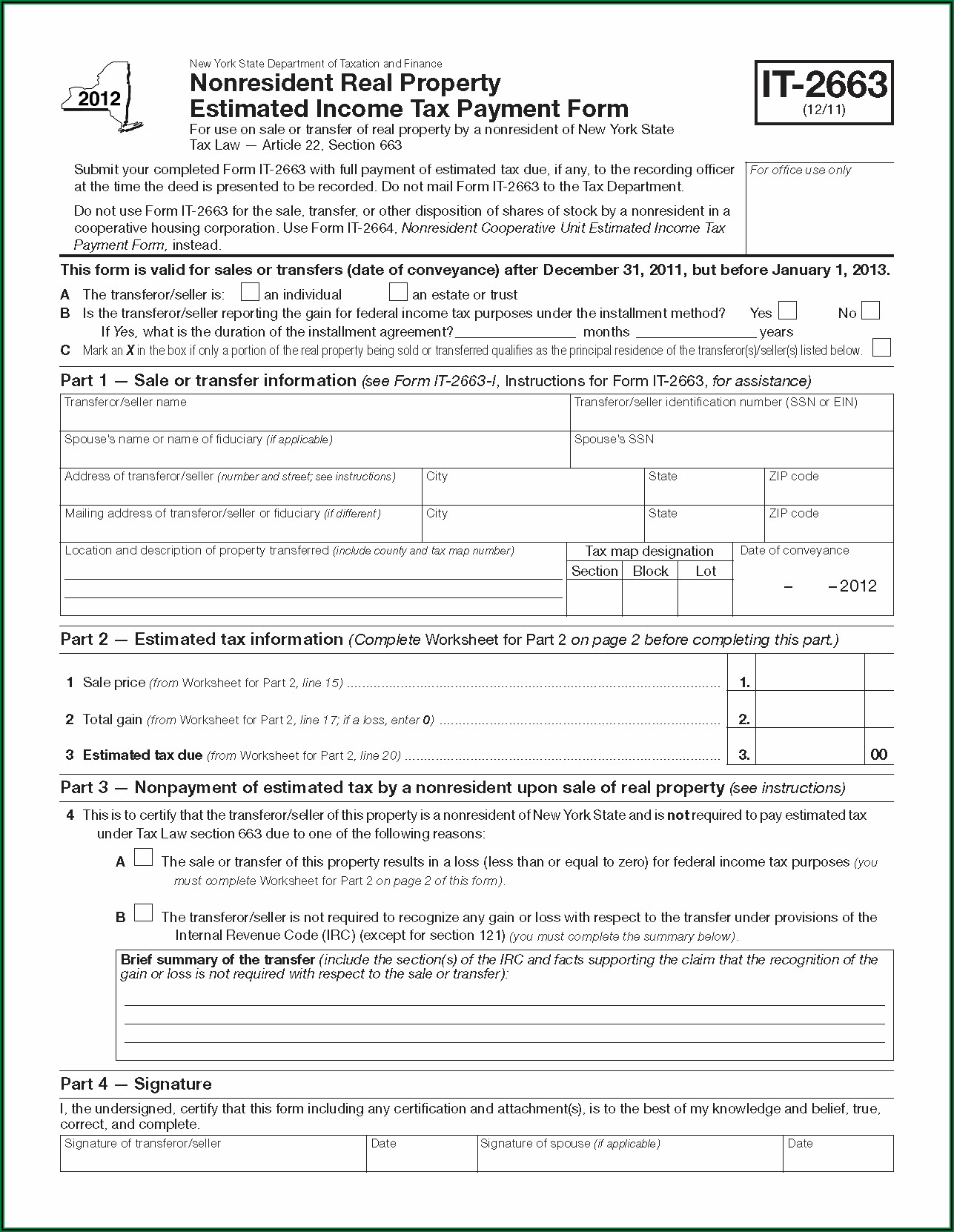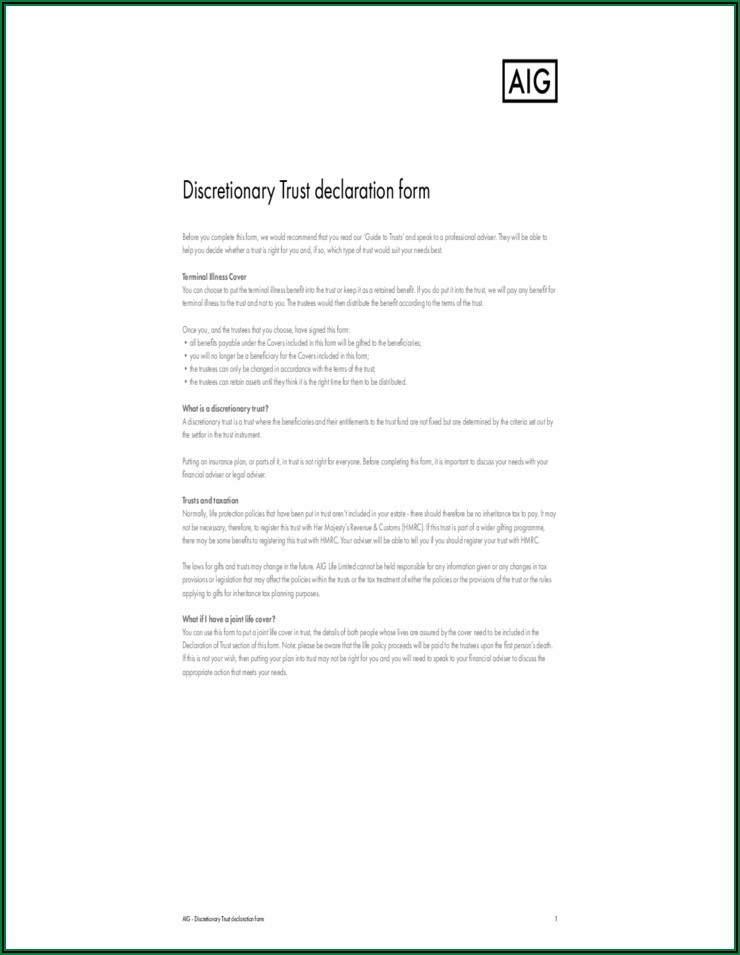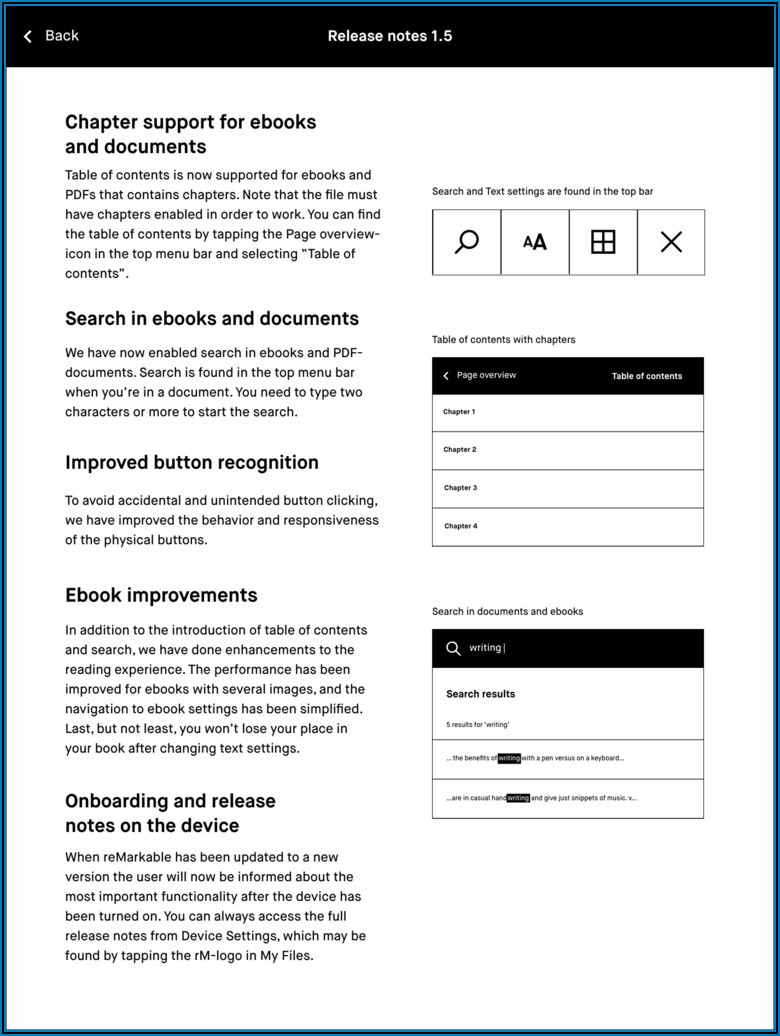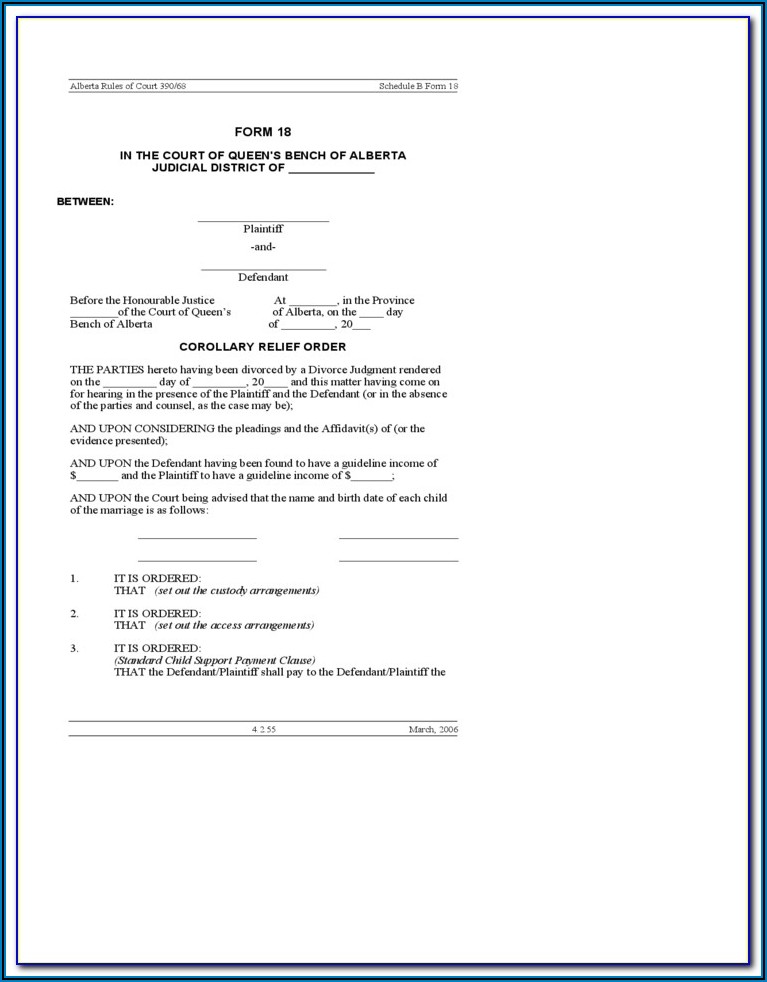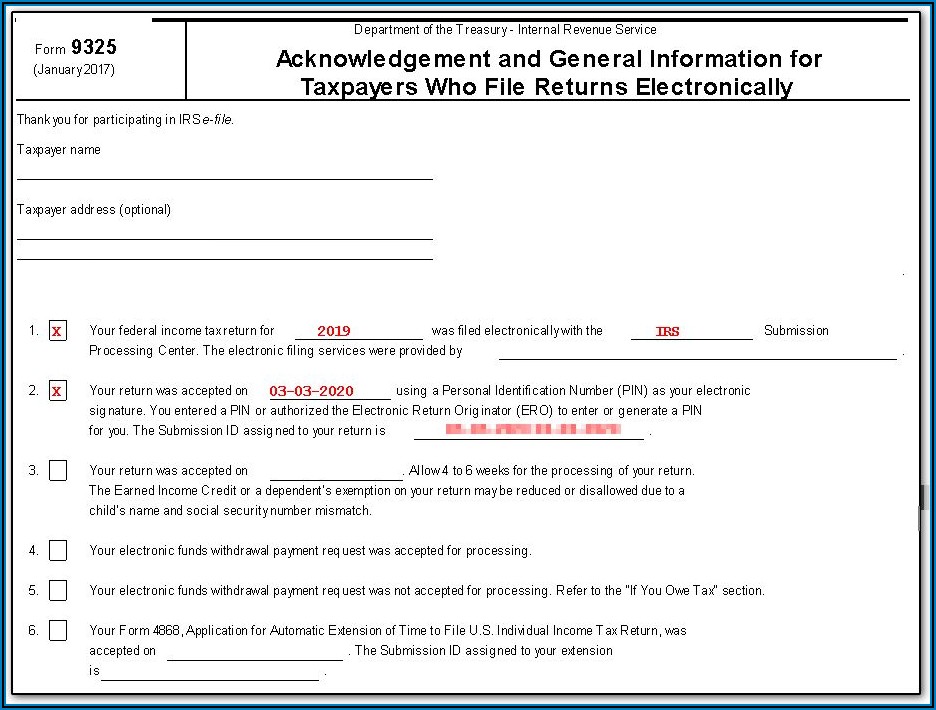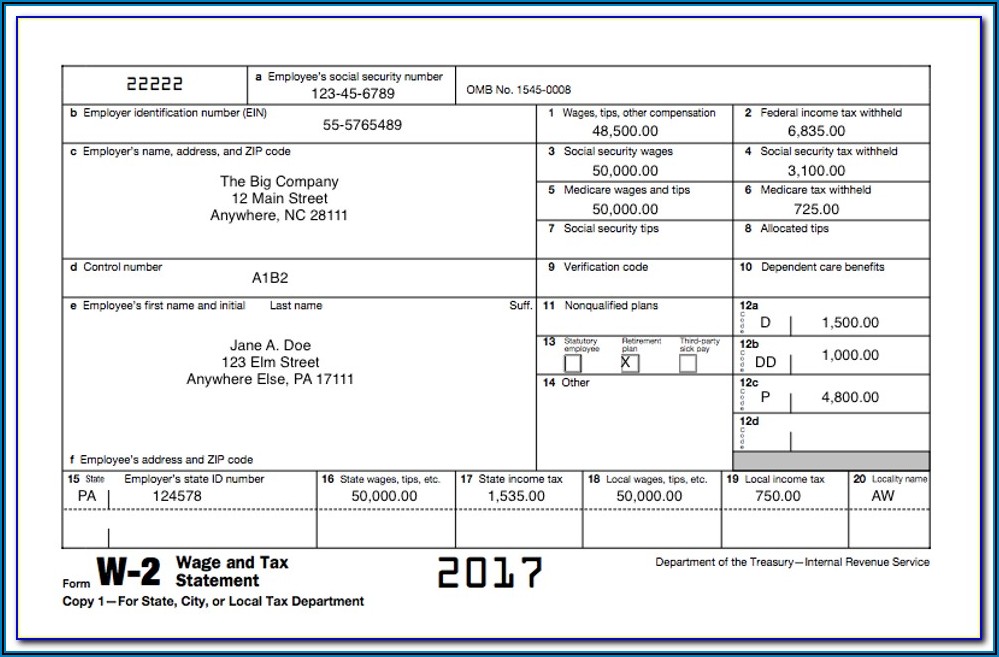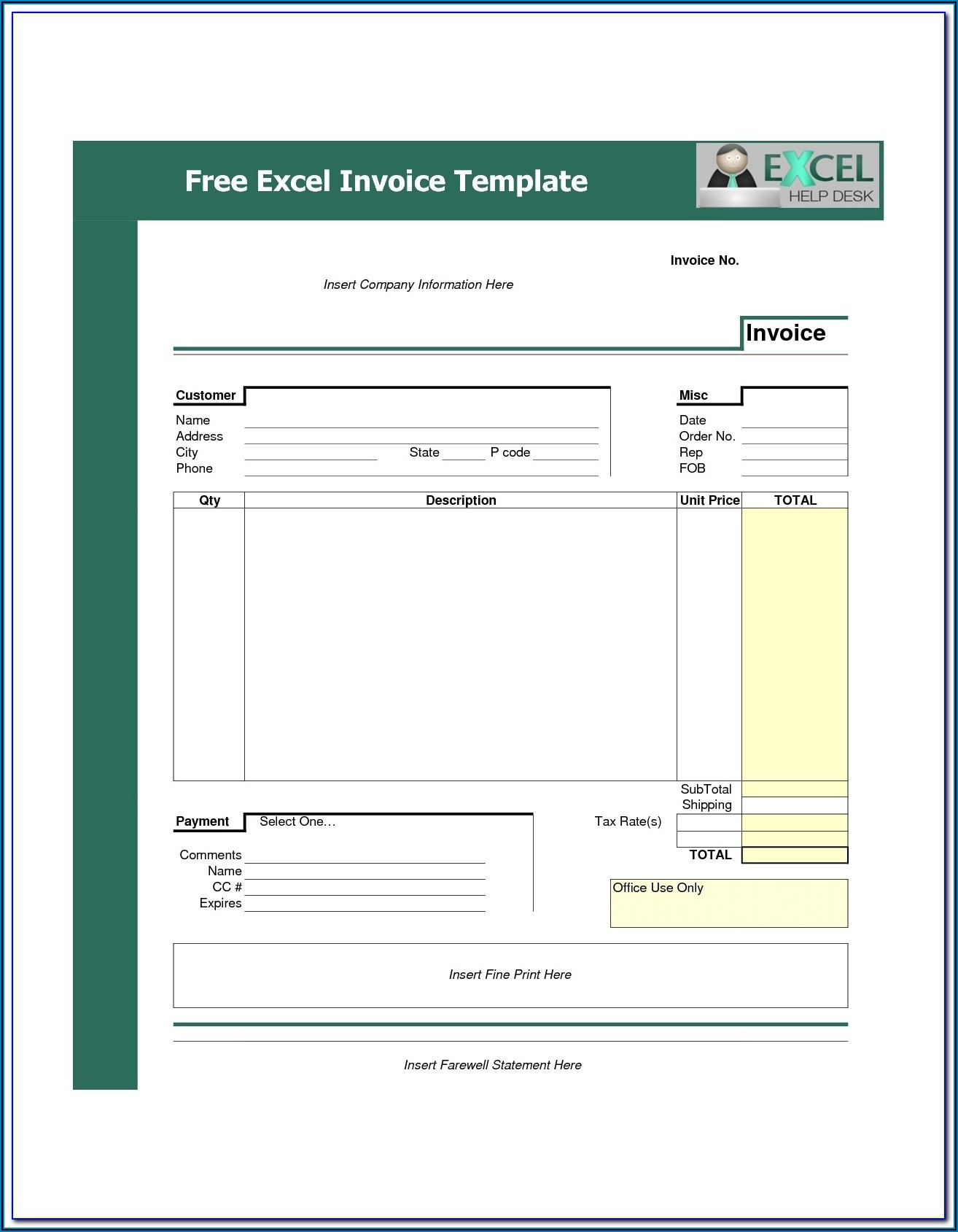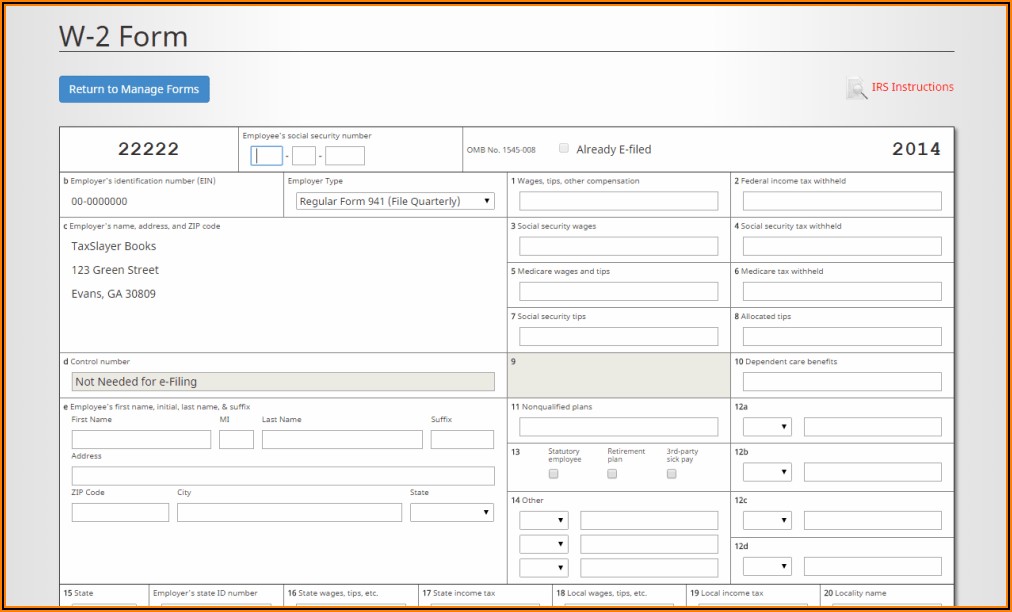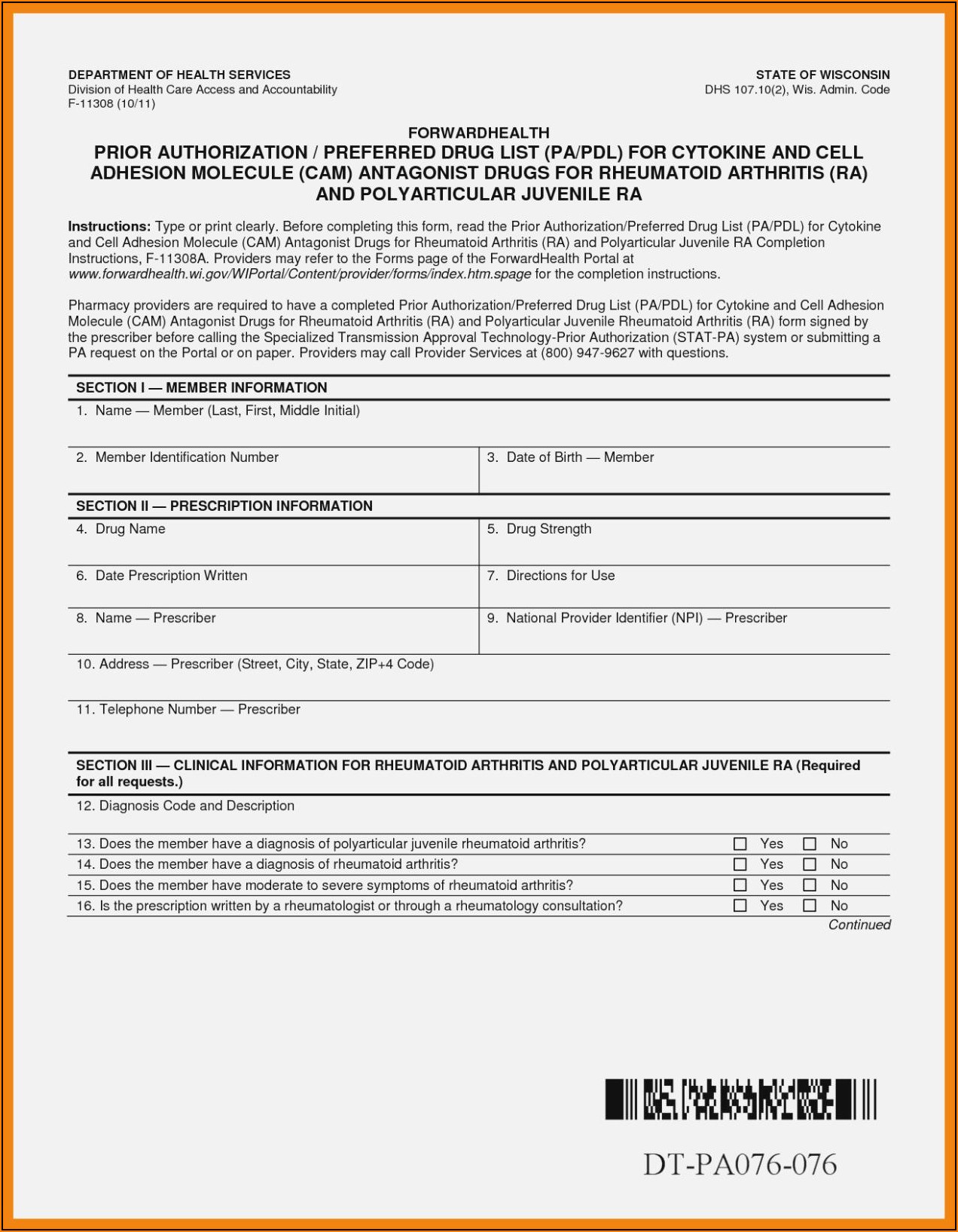STANDARD FORMS
Every company has, at some point, used forms to collect data from customers or organizations.
Paper forms have long been the cornerstone of this data collection process. Paper forms must be completed on site with a pen. They can be delivered to the end user/organization via regular mail services.
The typical business process cycle of paper forms looks like this:
Business costs in standard form directly related to your business:
• Search for a print provider and organize the printing of forms
• Selection/purchase of suitable paper for printed forms
• Provide/organize forms storage
• Distribution of the form (via regular postal services or non-regular postal services)
• Waste of outdated forms
• End user form data error (omissions, errors)
It will also take a long time before the form completes its cycle and is ready to be submitted to the database.
The most time-consuming steps are: printing, distributing the form to/from the end user/organization, unreliable data (errors, omissions) and manually entering the completed form data into the database.
Additional costs: If the form details change or if an update of the forms is applied, a reprint of the physical form will be required. A waste of outdated forms would occur.
ELECTRONIC FORMS
Electronic forms are electronic versions of a standard form.
They have many names. Electronic forms are also called: editable forms, interactive forms, smart forms, PDF forms, digital forms, Acrobat forms, fillable forms, iPad forms, smartphone forms.
Now let’s look at the typical business cycle of electronic forms, so we can easily compare the differences compared to standard forms.
Let’s list some of the main benefits of using electronic forms.
Paper disposal
There is no need to organize printing and select the print medium, as electronic forms are “paperless”.
This immediately saves you time and cost savings for your business. In addition, since we do not rely on paper as a medium to collect data, there is no need to set up a storage space.
Benefits of Digital Transformation
Electronic forms reside in a digital format. The distribution of electronic forms is instantaneous and free of charge, as it relies on the Internet/e-mail as a distributor, thus saving you the maintenance costs of regular/non-regular mail services. It also gives you the option to distribute your form from anywhere.
Due to digital transformation, electronic forms offer many possibilities for data collection processes. Once electronic forms are designed, it is easy to implement interactive elements, calculation fields and digital signatures that help gather all the data and increase the accuracy of the information entered.
The interactive elements of the electronic form make it easier for the end user to fill out the form and provide options to modify the data at any time while keeping the input data embedded in the form.
The electronic form also offers the possibility to secure the form data via the encryption/password function, as well as to provide legally binding digital signatures.
Benefits of data collection
Data collection from an electronic form can be configured to be captured individually (through newly created PDF electronic forms) or via a centralized database (if you have an online server).
The advantage of a centralized database is that it automatically “catches” the data for each form distributed and submits it to your online database, so you don’t have to manually enter the data into your database.

